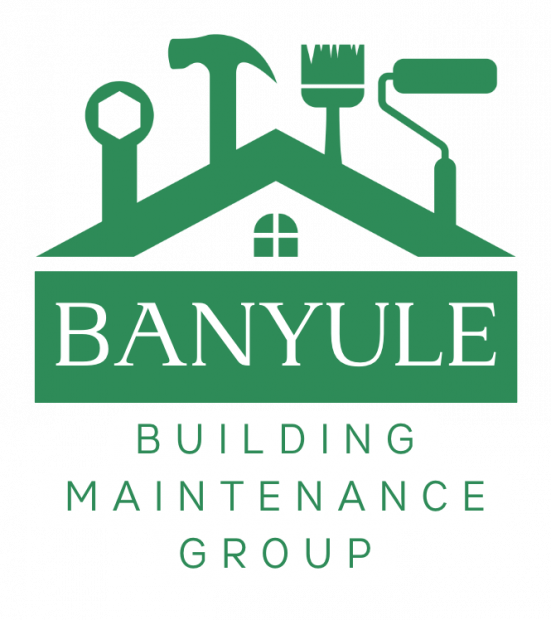Sash Cord Replacement Melbourne: Practical Signals, Smarter Fixes, and Comfort Gains for Period Windows
Well-kept sash windows feel light to lift, seal out draughts and dust, and protect beautiful timber frames. When cords fray or snap, windows get heavy, stick open, or slam shut. This guide focuses on understanding what goes wrong, what a good repair involves, and the sensible upgrades that preserve character while improving comfort in Melbourne homes.
Quick diagnosis: signs your sash cords are calling time
- Uneven weight or slamming: a broken or stretched cord leaves one side unbalanced.
- Sash creeps down on its own: weights are not countering properly.
- Frayed strands near the pulley: visible wear at the top run.
- Rattles and gaps: worn beads and tired seals often appear alongside cord issues.
- Paint score marks on tracks: swelling or poor alignment overstresses cords and beads.
Tip: If cords keep failing, look for the root cause: sharp pulley edges, tight channels, paint build-up, or misaligned sashes can accelerate wear.
What a professional sash cord replacement includes
- Safe disassembly: remove staff and parting beads carefully to protect heritage profiles, then secure the sash.
- Weight access and balance check: open weight pockets, confirm correct pairs, and weigh the sash if needed to match cord and weight.
- New cords and reliable knots: use hard-wearing, low-stretch cord with proper knots on weights and sashes for long service life.
- Pulleys serviced or replaced: worn sheaves are renewed so new cords do not chew up quickly.
- Alignment and travel: plane paint ridges, square beads, and ensure smooth, parallel tracks.
- Seal and bead refresh: upgrade to low-friction beads with discreet seals to cut draughts and rattle.
- Glazing and putty touch-ups: check putty lines and glazing blocks so glass stays firm and quiet.
- Finish and function test: verify lift, drop, stops, and locks; prime any bare timber for durability.
In Melbourne heritage homes, discreet improvements that keep original proportions tend to add value while avoiding unnecessary replacement.
Melbourne microclimates: what shortens cord life
- West and north sun: higher summer heat and UV bake paint and dry seals, increasing friction.
- Leafy, shaded pockets: longer damp cycles and condensation soften timber and swell channels.
- Bayside salt: corrosion on pulleys and hardware increases abrasion on cords.
- Urban dust: fine grit in tracks acts like sandpaper on cords and beads.
Local practice: combine new cords with track cleaning, pulley refresh, and subtle sealing to reduce future wear and improve comfort.
Comfort upgrades to pair with new cords
- Draught control: fit low-friction weather seals at meeting rails and side channels.
- Acoustic calm: consider laminated glass or secondary glazing in noisy streets while preserving profiles.
- Condensation reduction: improve airtightness and use appropriate glazing or ventilation strategies in colder rooms.
- Security and safety: confirm latches and restrictors work, and replace any non-compliant glass near floors.
Repair vs replacement: when a new window makes sense
Re-cording is ideal when frames are sound, profiles are worth keeping, and sash movement is restorable. Full replacement may be better if there is widespread rot, severe distortion, persistent water ingress due to failed flashings, or a targeted energy goal that the existing frame cannot meet.
Cost and timing: what typically drives the quote
- Extent of work: number of sashes, access to weight pockets, and whether pulleys and beads need renewal.
- Access and height: upper floors and tricky scaffolds add time.
- Finish level: heritage profiles, putty lines, and paint touch-ups require care.
- Add-ons: draught seals, glazing upgrades, and hardware improvements.
Most simple re-cord jobs are completed within a day per opening, but multi-sash, multi-storey, or upgrade-heavy projects can take longer.
Maintenance rhythm for longer-lasting sash cords
- Late winter: check for swelling, sticky travel, and condensation stains; clear drainage and verify exterior paint integrity.
- Spring: clean tracks and pulleys; touch up paint; confirm seals compress evenly.
- Summer: monitor high-UV elevations for cracked coatings and increased friction.
- Autumn: clear debris and inspect meeting rails for wear before cooler, wetter months.
Related Melbourne service
For period windows that are hard to lift or refuse to stay up, explore sash cord replacement Melbourne alongside sealing and alignment to restore smooth, safe operation.
FAQs
Should both cords be replaced if only one has snapped?
Yes. Replacing cords as a pair keeps the sash balanced and prevents the older cord from failing soon after.
Will new cords make the window easier to lift and safer to use?
Correctly sized cords, serviced pulleys, and properly matched weights restore smooth lift, reliable hold, and controlled closing.
Are modern cords suitable for heritage windows?
Quality polyester or polyester-cored cords are commonly used for longevity, and can be chosen in traditional looks while improving durability.
How can noise and draughts be reduced during a re-cord job?
Add discreet perimeter seals, check meeting rail fit, and consider laminated or secondary glazing where appropriate.
What shortens cord life in Melbourne conditions?
Grit in tracks, worn pulleys, swelling from moisture, and high-UV exposure increase abrasion and stress on cords. Regular cleaning and timely repainting help.
